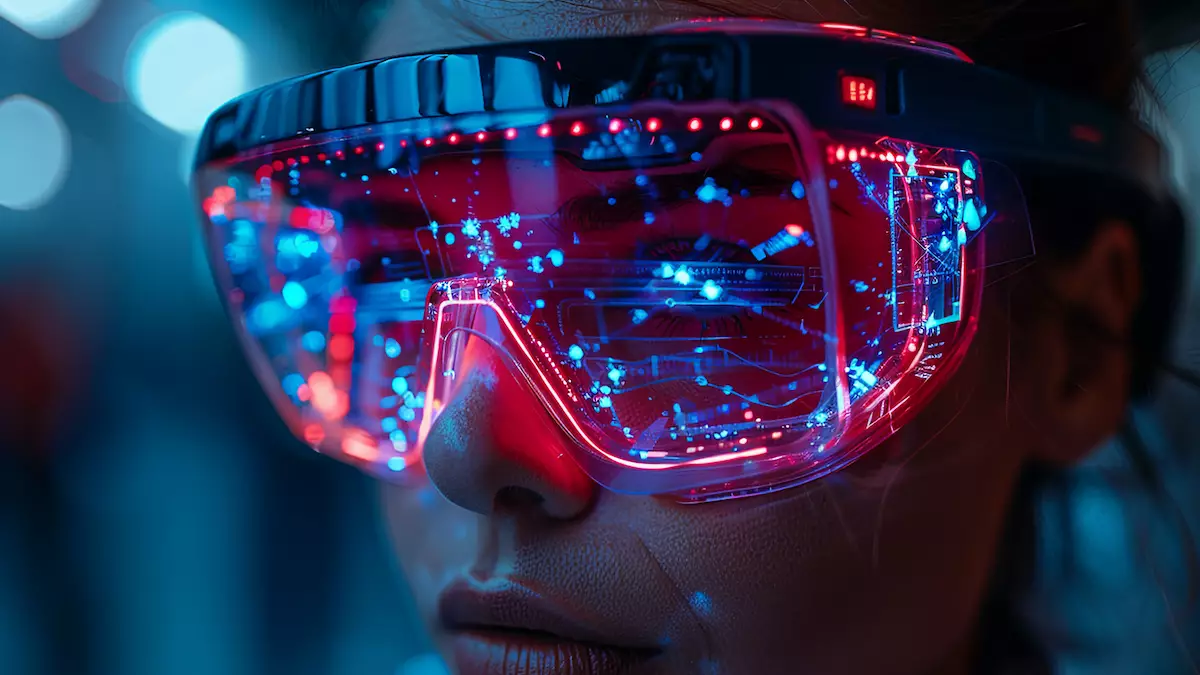Meta’s Mark Zuckerberg has a vision for the future – a world where smart glasses equipped with holographic displays will replace traditional mobile phones as the primary communication and computing device. In a recent interview with YouTuber Kane “Kalloway” Sutter, Zuckerberg discussed Meta’s exciting future products, including a set of smart glasses packed with cameras, microphones, speakers, and a full field-of-view holographic display. Despite skepticism from some quarters about Meta’s transition from Facebook to a metaverse-focused company, Zuckerberg remains optimistic about the potential of smart glasses in revolutionizing communication.
Meta envisions three distinct products to achieve this vision: displayless glasses utilizing voice AI, heads-up display glasses offering primary displays without full holography, and premium glasses featuring a full FOV holographic display. These products aim to bridge the gap between current wearable technology like Ray-Ban Meta and bulkier VR headsets designed for virtual reality, making them more suitable for augmented and mixed-reality applications.
Augmenting Reality
Meta’s holographic glasses are not just about replacing smartphones, but about augmenting reality and transforming how we interact with the digital world. Zuckerberg described potential applications for these glasses, ranging from simple information overlays to intricate interactions with digital assets like NFTs. This technology promises to seamlessly blend digital content into our physical surroundings, enhancing daily activities and bridging the gap between the virtual and real worlds.
Advanced AR Technology
Meta’s significant investment in Reality Labs for building advanced VR and AR wearables is evident in their upcoming full holographic glasses. These glasses could serve as the main interface for a non-invasive neural device, providing a user-friendly alternative for digital interaction without the need for direct brain intervention. This technology has the potential to create immersive digital environments and turn the real world into a Web3 workspace, thereby mainstreaming cryptocurrencies and NFTs.
While Meta is taking a cautious approach to the timeline for releasing these glasses, the prototype phase is imminent. Zuckerberg mentioned that they are almost ready to start showing the prototype version of the full holographic glasses to select individuals for demonstration purposes. These glasses could potentially revolutionize real-time communications, informational overlays, and heads-up displays, similar to those seen in video games or military equipment.
Meta’s vision for smart glasses with holographic displays represents an exciting leap forward in the realm of communication and computing technology. By blending the physical and digital worlds seamlessly, these glasses have the potential to revolutionize how we interact with information and content. While there are still challenges to overcome and technology to perfect, the future of smart glasses looks promising.
















Leave a Reply